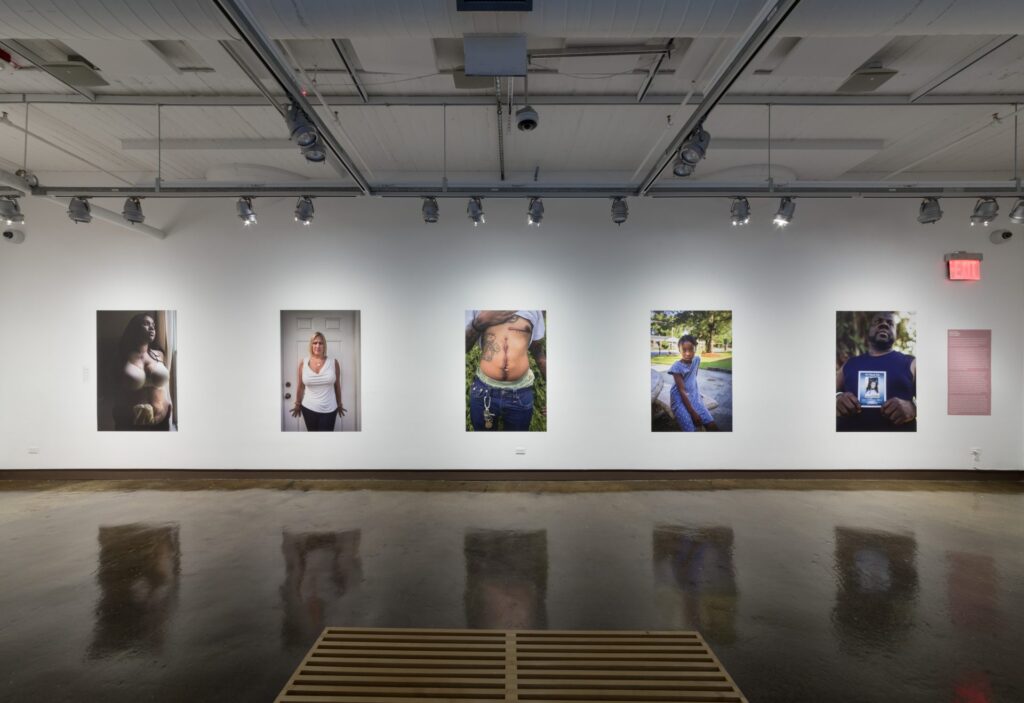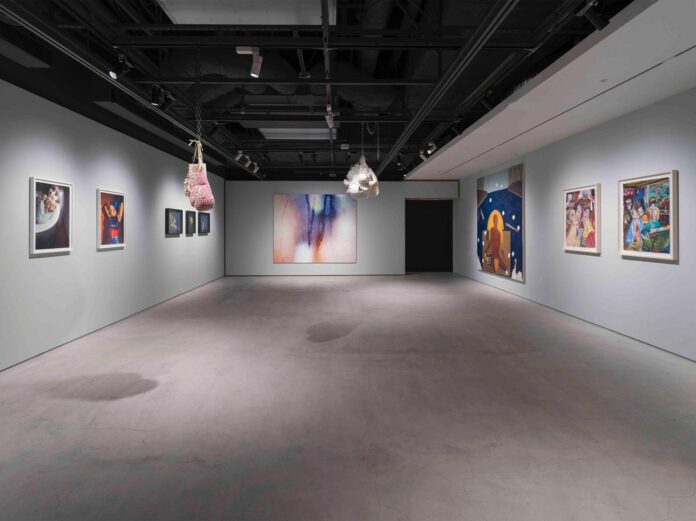“Racial bias—or, to speak plainly, racism—is rampant within many art institutions. It’s reflected in hiring practices; in internal day-to-day interpersonal dynamics that are both overtly effrontery and micro-aggressive; in the historic and habitual preferential treatment of white male artists over anyone else. It’s reflected on museum walls and in patronage” (Emelife, 2020).
The newer diversity hires and attempts to include Diversity, Equity, and Inclusion (DEI) make it seem as though we are diversifying our workforces and institutions, but what does it mean to diversify? Just because you have a diverse crowd, does that mean you are truly diverse?
Becoming more diverse and representative of the communities we live in happens through many strategies. Art institutions must “actively listen to [their] BIPOC staff: We’re not here to fulfill a quota or to melanate the flyers. By the same token, we’re not here to be heard only when the question is about race, diversity, and inclusion” (Emelife, 2020).

“That leads to the next step, which is audience. Institutions can make a much greater effort in outreach to communities of color. It’s not enough for us to be on the wall, to be consumed by predominantly white and wealthy audiences—we need to be in communion with our communities.” We also must “enforce top-down anti-bias training. This is training that institutions should invest in. Under no circumstances should museums expect their BIPOC staff to take up the task of educating everyone…A final strategy would be to reduce or omit museum fees; paywalls to access culture keep people out. I realize this is an unrealistic expectation in the current moment—it requires an entire system overhaul. But it’s still worth putting out as a strategy” (Emelife, 2020).
These strategies can parallel with personal finance in banking and well-being. Banks can begin to create ties with different groups based on their needs and they can put importance on building up communities that were previously or currently marginalized. They can also host systems that allow for flexibility in fees and accounts for people who have not had access to banking before, or they can simply just start having people that can connect with these different communities in uplifting ways.
Going back to the concept of art institutions and their choice of artists there are “many arguments about why BIPOC art isn’t more prominent or visible (it’s hard to fundraise, these artists aren’t known, etc.). These aren’t legitimate arguments, they’re excuses. I can name at least 30 artists off the top of my head whose work I would love to see in a publicly accessible space” (Emelife, 2020).
“A social justice curator is a cultural worker who creates exhibitions that prompt dialogue and subsequent change towards a more socially equitable and just society. I think an alternative title would be “visual activist”—a person who believes in the symbiotic relationship between art and social change” (Emelife, 2020).
So can the ideals of a social justice curator be adapted into creating a social justice banker?
“I understand many institutions feel stuck in between a rock and a hard place. I think the sentiment I saw on a protest sign recently, “Silence is violence,” is resonating loudly with institutions. But are empty words any better?” (Emelife, 2020).
References:
Emelife, A. (2020, June 26). What Does a Social Justice Curator Do? The Bronx Museum’s Jasmine Wahi on Why Every Art Institution Should Have One. artnet. https://news.artnet.com/art-world/jasmine-wahi-interview-1890449




